We use cookies to make your experience better. To comply with the new e-Privacy directive, we need to ask for your consent to set the cookies. Learn more
AbFen: Equine Internal Parasites - Small Strongyles
Small strongyles were once thought of as a minor threat to the health of the horse.
After effective management of large strongyles and other equine parasite infestation, researchers found that small strongyles can actually cause more damage than they previously thought. This damage may not only affect the overall performance of the horse, but may also result in death in severe cases. Getting to know more about different species of equine parasites can help you work better with your veterinarian, to know which dewormer to choose and how to create a more effective deworming program.
About Small Strongyles
Small strongyles are common internal parasites found in horses and they specifically reside in the cecum and large colon. Forty species of small strongyles exist throughout the world. They belong to the family cyathostomes and are the most abundant internal parasites in horses. These parasites cannot be seen in horse manure even at their adult stage. They are approximately a half-inch long(1.25cm) and appear to be hair-like in diameter.
The lifecycle of small strongyles
The lifecycle of small strongyles may vary but typically, it takes 6-12 weeks for adults to lay the eggs and for the next generation to lay their eggs. Adult small strongyles stay in the intestine of the horse. In addition, about 2,000 eggs can be found in a gram of horse feces given that the infestation is so severe. A horse usually produces about 30 pounds (13kg)of manure a day. Just imagine how contaminated the pasture can get! Note, however, that fecal egg count does not determine the actual adult population.
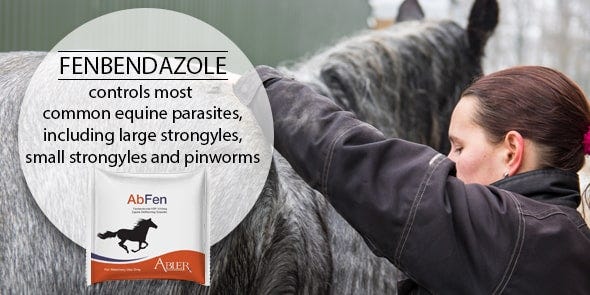
Soon, the eggs on the ground will hatch and develop into larvae depending on the climatic conditions. During warm and moist days, the eggs develop more quickly and during cold and dry days, they don’t move a lot. Eggs and larvae may not survive under extreme cold or hot conditions.
The four larval stages for small strongyles
There are four larval stages for small strongyles. If the horse ingests larvae on their third stage. Infection can result and the lifecycle will continue. On the other hand, when the horse ingests larvae on their first or second stage, nothing happens. As these larvae will not develop and mature. When third stage larvae find their way inside the horse, they travel through the stomach and down to the lower intestines. They then burrow themselves along the intestinal wall.
The lifecycle of small strongyles involves becoming encysted. At this point, a fibrous capsule, which resembles a cocoon, forms around the larvae. They develop from the early third stage, all through the later third stage, and finally the fourth stage, while they remain encysted in the horse’s gut wall. When they emerge back into the lumen, they become adults capable of laying eggs. The encysted stage of small strongyles is part of their lifecycle. At that stage they don’t usually cause extensive damages to the horse. Only when the gut wall is full of encysted larvae will there be a problems. Overcrowding of cysts in the gut lining can interfere with absorption. This will disrupt the balance of the horse’s gut.
Getting Rid of Encysted Small Strongyles
The early third stage of larvae is important since it is the stage when larvae development is arrested. This is the best time to select the proper parasite control program. Currently, fenbendazole for horses is the anthelmintic that is known to be effective against the early third stage larvae. Given at larvicidal dose, which is 10 mg/kg of body weight daily for 5 days. Fenbendazole for horses is also effective at targeting late third stage larvae, as well as the fourth stage larvae. Some dewormers, such as Ivermectin, can be effective against the fourth stage larvae, but not against the early or late third stage. Fenbendazole, given at larvicidal dose, can kill the early and late third stage, as well as the fourth stage larvae in the gut wall. So far, no reports have been made on the effects of massive killing of parasite larvae.
It is still best to work with your veterinarian to determine the proper time to deworm your horse. Based on the climatic conditions of your area, and to develop a horse worming program involving rotation of dewormers. This will target different types of parasites at their different stages. For immature small strongyles, fenbendazole for horses should be included in the program.

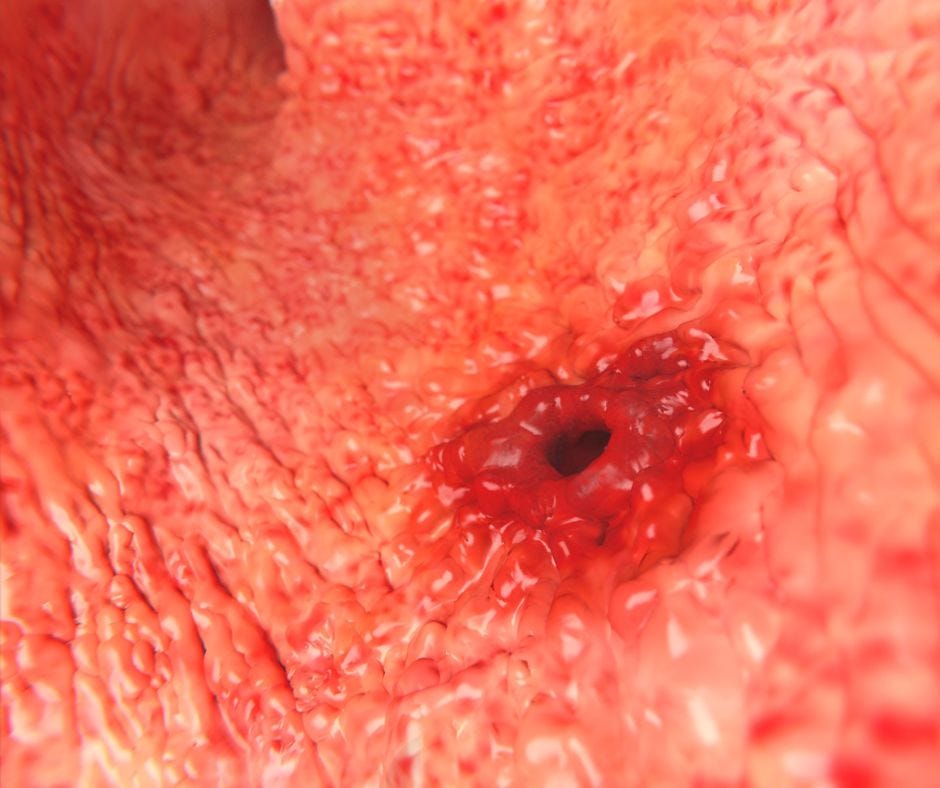
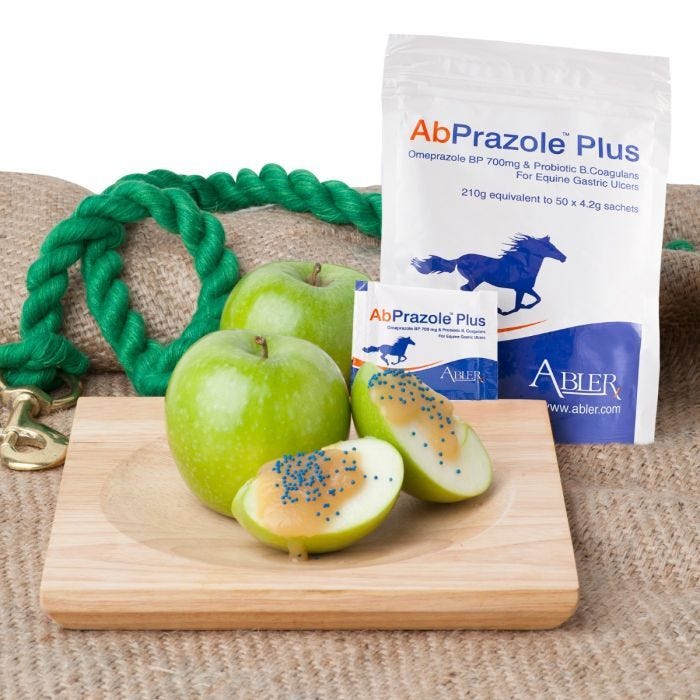
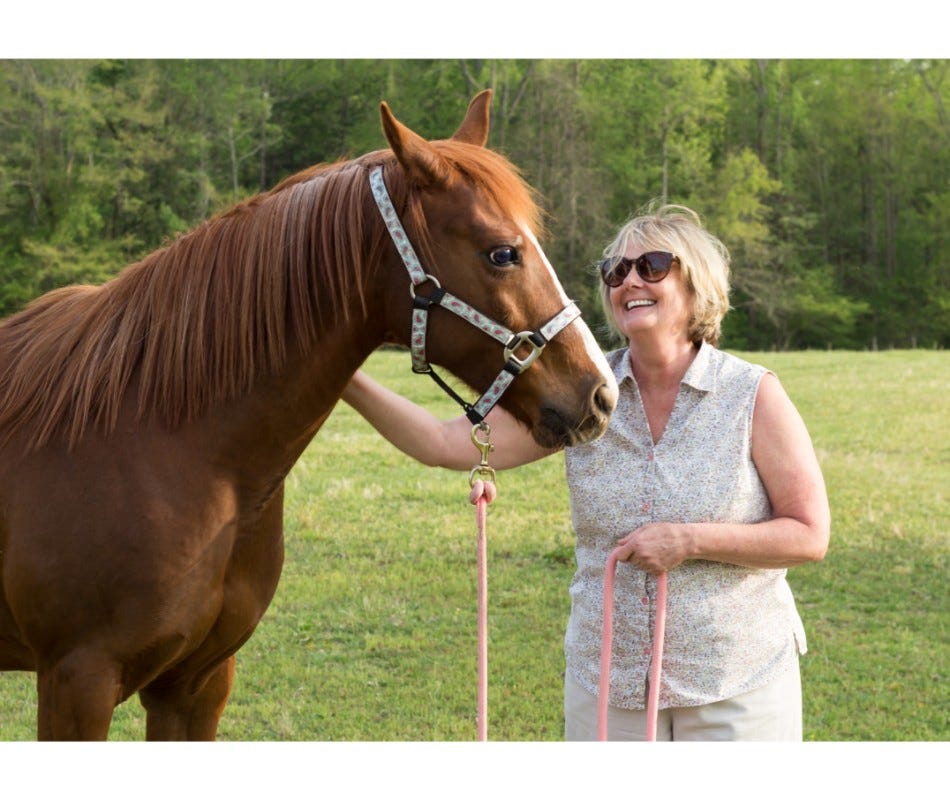
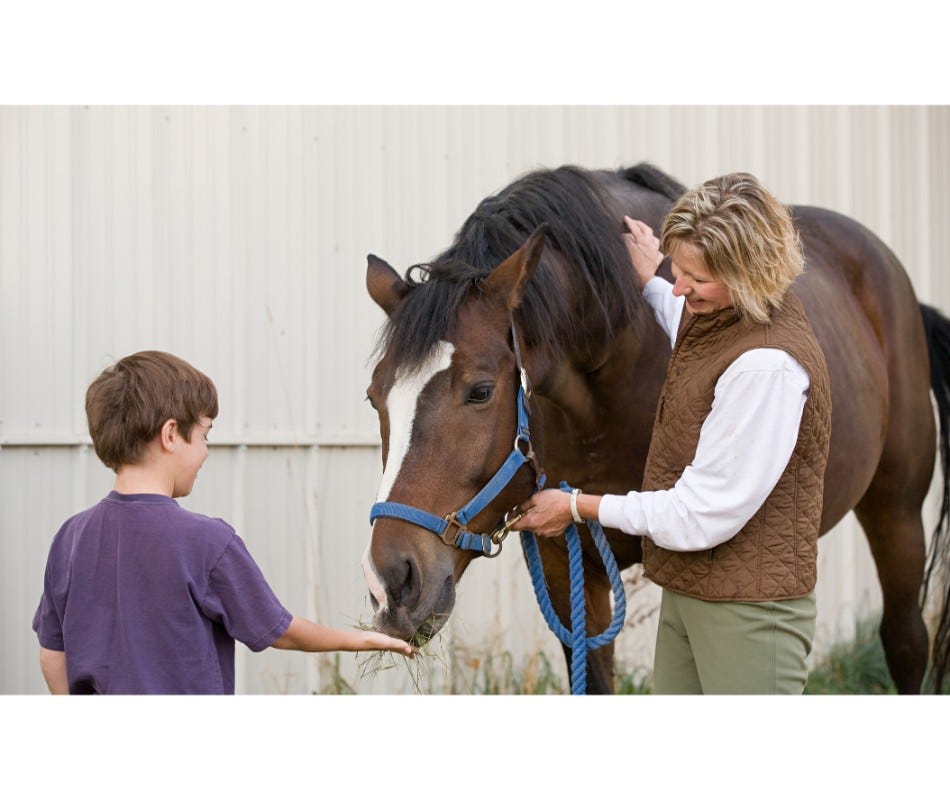
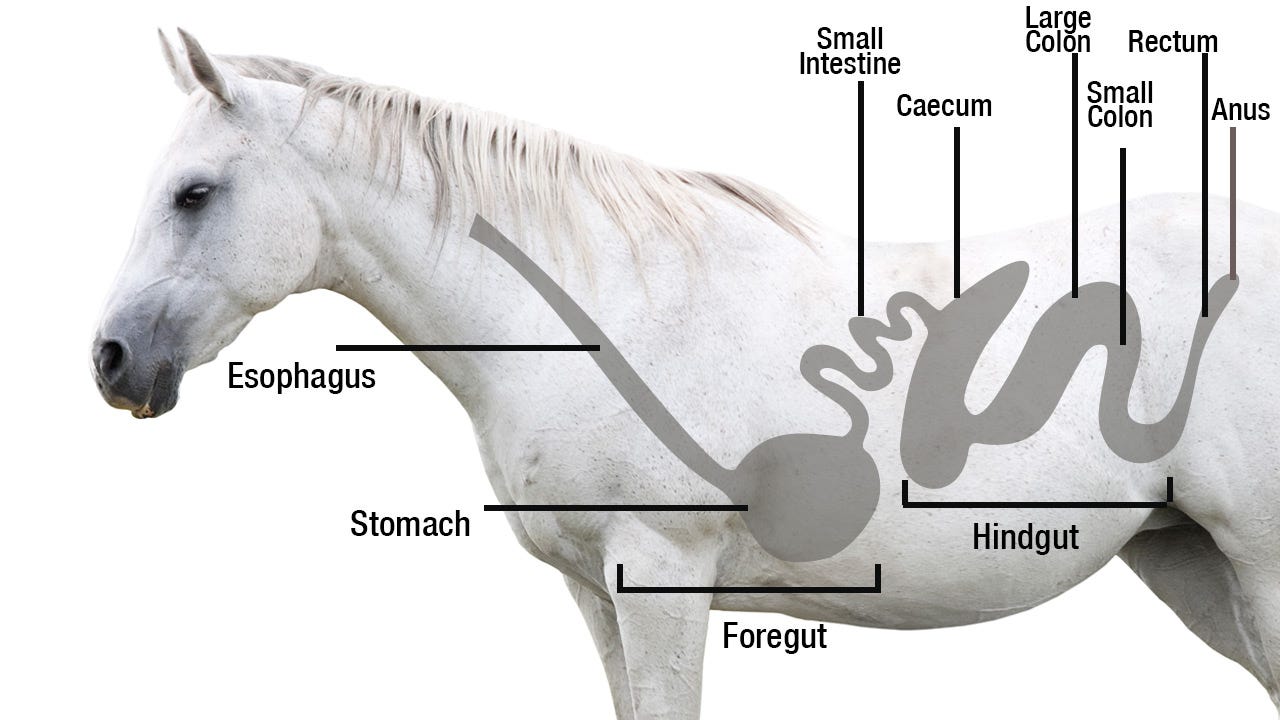
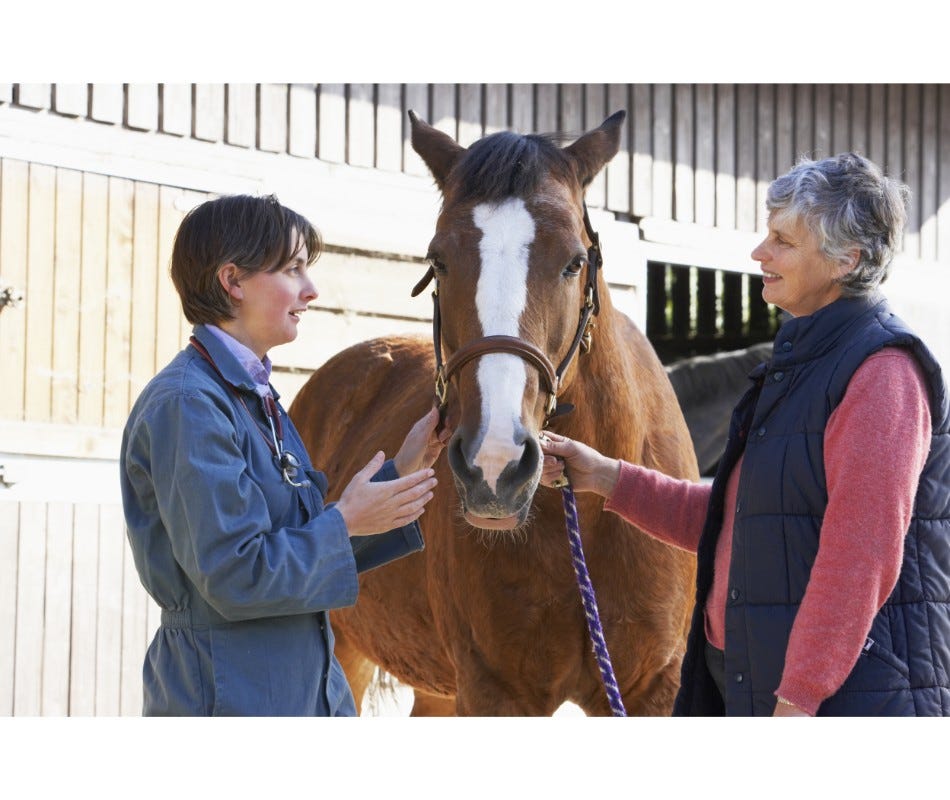
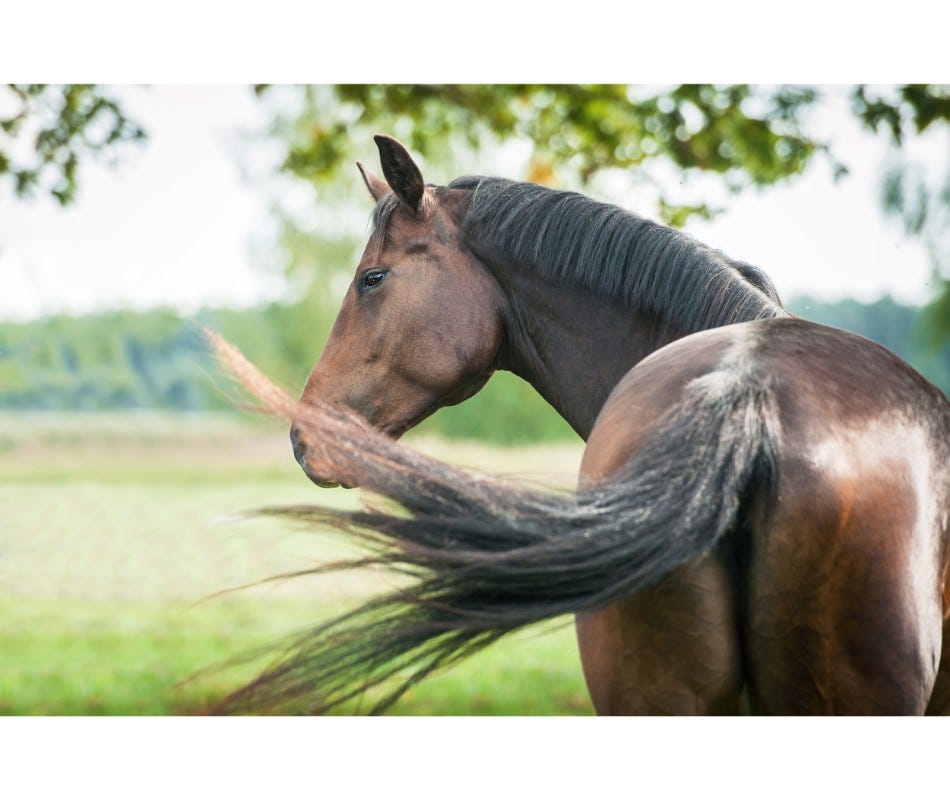
Validate your login